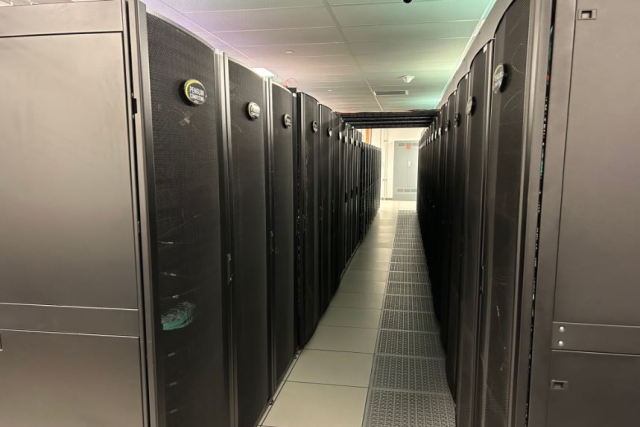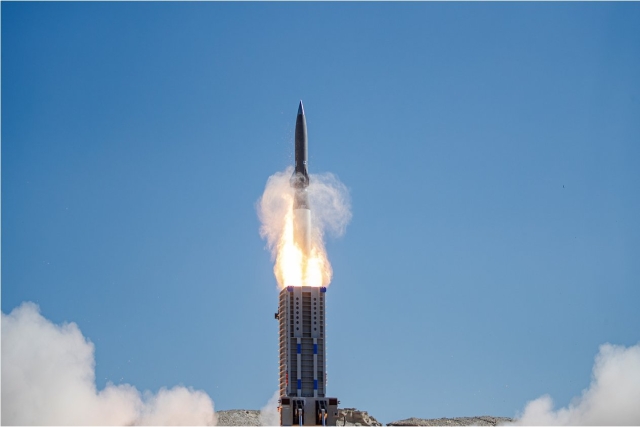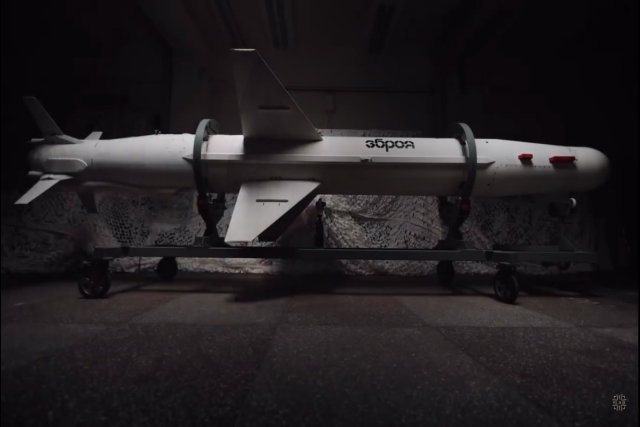New U.S. Air Force Supercomputer Can Compute Years’ Worth of Data in Days

The U.S. Air Force's latest supercomputer, named TI-21 Raider, demonstrates remarkable speed, reducing data processing that once spanned five years to just 200 days.
This FY21 technology insertion TI-21 is part of the DOD High Performance Computing Modernization Program. While housed at Wright-Patterson Air Force Base, Ohio, Raider serves as a national resource, granting the Air Force, Army, and Navy access to its supercomputing capabilities.
A petaFLOP measures the machine's performance in floating-point operations, and TI-21, achieves approximately 12 petaFLOPS. In contrast, the previous supercomputer, Thunder, installed in 2015, managed only 3.1 petaFLOPS.
The Digital Capabilities Directorate has ordered the next supercomputer, slated for delivery in 2024, with TI-23 Flyer and TI-23 Raven as upcoming systems projected to provide 14 petaFLOPS of computational capability, supporting unclassified and classified systems, respectively.
The AFRL Chief Information Officer, Alexis Bonnell, emphasizes the critical role of compute capacity in digital transformation, driving rapid data analysis and insight-driven advantages. Speed and modeling are key, as simulations enable cost-effective and faster testing, particularly in areas like hypersonic vehicle modeling.
The supercomputer benefits various technology domains; AI models benefit from increased data and simulations, delivering higher fidelity calculations. Wright-Patterson Air Force Base, as the largest Air Force DSRC, provides access to contractors, civilians, military, and DOD-affiliated organizations.
Modeling and simulation lead to higher accuracy and reduced project timelines. Acceleration aids researchers and engineers in developing superior capabilities for the warfighter while advancing research.
The supercomputer's immense power, with 189,000 processors, far exceeds that of standard computers. The vast storage capacity accelerates data processing, enabling researchers to model effects before physical testing.










